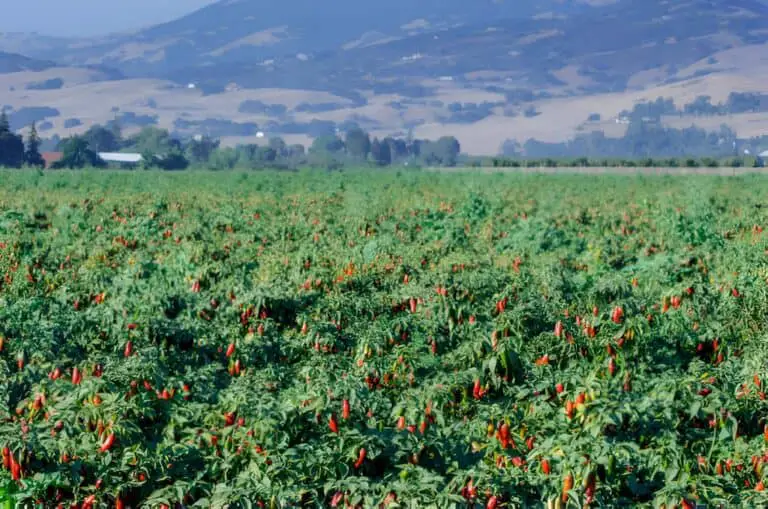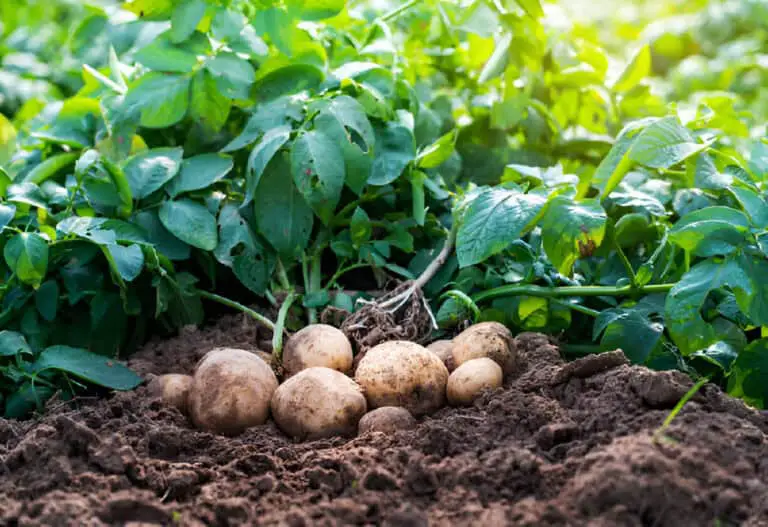When to Plant Onions in Montana: Optimal Seasons and Tips

Are you eager to cultivate onions in the rugged landscapes of Montana? Knowing the optimal timing for planting onions can greatly enhance your garden’s success and yield.
Montana’s climate presents unique challenges and opportunities for gardening, especially when it comes to onions. Whether you’re aiming for sweet, Vidalia-style onions or robust shallots, understanding the best planting season is crucial.
In this article, we explore the ideal times to plant onions in Montana, taking into account the region’s climate variations and soil conditions. By mastering the timing and techniques for onion planting, you’ll be well-prepared to grow a flavorful harvest that thrives in Montana’s challenging environment.
Understanding Montana’s Climate Zones
Montana is characterized by diverse climate zones due to its size and varied geography. The state is broadly categorized into several climate regions, including the eastern plains, central valleys, and mountainous west. Each zone experiences different temperature ranges and frost dates, which impact when onions can be successfully planted and grown.
- Eastern Plains: Typically have a shorter growing season with cold winters and hot summers.
- Central Valleys: Moderately cold winters and warm summers, suitable for a wider range of crops.
- Mountainous West: Higher elevations mean cooler temperatures and shorter growing seasons.
When to Plant Onions in Montana: Optimal Seasons
Optimal Seasons for Planting Onions in Montana: Spring Planting

In Montana, planting onions can be strategically timed for optimal growth and yield. One of the prime seasons for planting onions is during the spring, specifically from late April to early May. This timeframe allows onions to establish themselves before the summer heat sets in, ensuring they develop robustly and produce healthy bulbs.
Spring planting offers several advantages. Firstly, the cooler temperatures and moderate weather conditions of spring are conducive to root development and early growth. This gives onions a head start before facing the stress of the hotter summer months. Secondly, by planting early in the spring, gardeners can take advantage of the longer daylight hours as the season progresses, which promotes photosynthesis and overall plant health.
To maximize success during spring planting, it’s essential to prepare the soil adequately. Ensure the soil is well-drained to prevent waterlogging, which can lead to the rotting of onion bulbs. Additionally, keep the planting area weed-free to minimize competition for nutrients and water. By following these tips and timing the planting correctly, gardeners in Montana can cultivate onions that thrive and produce a bountiful harvest.
Optimal Seasons for Planting Onions in Montana: Fall Planting
The optimal seasons for planting onions in Montana include both spring and fall. Fall planting is best done from late August to early September. This timing ensures that onions have a head start in growth for the next year, allowing them to establish roots before winter arrives.
Planting onions in the fall comes with several benefits. Firstly, the cooler temperatures and milder weather of late summer and early fall are ideal for root development. Onions planted in the fall will begin growing early in the spring. Onion planted in spring resulting in a quicker and more robust harvest. Additionally, fall planting can help stagger the growing season, providing a continuous supply of onions.
To ensure successful fall planting, it’s crucial to protect the young plants from harsh winter conditions. Mulching around the plants helps insulate the soil, keeping it warmer and preventing frost damage. This simple step can significantly increase the survival rate of the onions through the winter.
By following these guidelines and choosing the optimal planting times, gardeners in Montana can enjoy healthy, productive onion crops. Here’s a quick reference table for fall planting:
| Planting Time | Benefits | Tips |
| Late August-Early September | Head start for next year’s growth | Mulch to protect from winter frost |
| Also read: Growing Your Own Grocery Store Green Onions |
Best Varieties of Onions to Grow in Montana
Montana gardeners can grow a variety of onions, each with its own unique characteristics and uses. Here are some popular onion varieties suitable for Montana’s climate:
- Walla Walla Onions: Known for their mild flavor and large size, Walla Walla onions are a classic choice for Montana gardens. They are suitable for both fresh eating and storage.
- Dakota Tears Onions: These onions are known for their medium to large size and are suitable for long-term storage. They are a popular choice for Montana gardeners due to their cold tolerance and ability to thrive in the state’s climate.
- Ailsa Craig Onions: Ailsa Craig onions are known for their mild flavor and large size. They are suitable for both fresh eating and short-term storage. They are a popular choice for Montana gardeners due to their cold tolerance and ability to thrive in the state’s climate.
- Redwing Onions: Redwing onions are known for their long-term storage capabilities and are a popular choice for Montana gardeners. They have a mild flavor and are suitable for both fresh eating and storage.
- Patterson Onions: Patterson onions are known for their large size and are suitable for both fresh eating and storage. They are a popular choice for Montana gardeners due to their cold tolerance and ability to thrive in the state’s climate.
- Cortland Onions: Cortland onions are known for their long-term storage capabilities and are a popular choice for Montana gardeners. They have a mild flavor and are suitable for both fresh eating and storage.
These varieties are all suitable for Montana’s climate and can thrive in the state’s cold winters and short growing seasons. They are also versatile and can be used in a variety of dishes, from salads to cooked meals.
Tips for Planting Onions in Montana
- Soil Preparation: Onions thrive in well-drained, loose soil with a pH level between 6.0 and 7.5. Before planting, amend heavy clay soils with organic matter like compost to improve drainage.
- Choosing Onion Varieties: Select onion varieties suited to Montana’s climate. Long-day varieties such as ‘Copra’ and ‘Yellow Sweet Spanish’ perform well in northern regions with longer daylight hours.
- Planting Depth and Spacing: Plant onion sets or transplants about 1 inch deep and 4-6 inches apart in rows spaced 12-18 inches apart. Ensure the onion bulbs are planted upright with the tips just below the soil surface.
- Watering and Mulching: Onions require consistent moisture, especially during bulb formation. Mulch around plants to conserve soil moisture and suppress weed growth. Waterdeeply,y but avoid waterlogging the soil.
- Fertilizing: Apply a balanced fertilizer (like 10-10-10) at planting time and side-dress with nitrogen fertilizer when plants are about halfway to maturity. Follow recommended rates to avoid over-fertilization.
- Weed Control: Keep onion beds free of weeds, which can compete for nutrients and water. Hand-pull weeds carefully to avoid disturbing onion roots.
- Harvesting and Storage: Harvest onions when the tops turn yellow and start to flop over. Carefully lift bulbs from the soil and allow them to cure in a dry, well-ventilated area for 1-2 weeks before storing in a cool, dry place.
Common Problems and Solutions in Planting and Growing Onions
When planting and growing onions, gardeners often encounter challenges such as pests and diseases that can affect their crop’s health and yield. Pests like onion thrips can cause damage by feeding on onion leaves, leading to stunted growth and reduced onion bulb development. Implementing natural predators or using insecticidal soap can help manage thrips effectively without harmful chemical residues.
Diseases such as onion downy mildew and white rot can also pose significant threats. Downy mildew appears as yellow spots on leaves, thriving in cool, moist conditions. To prevent its spread, ensure proper spacing between plants for adequate airflow and avoid overhead watering.
White rot, characterized by white fungal growth on roots and bulbs, persists in soil for years. Crop rotation and using disease-resistant onion varieties are vital strategies to minimize its impact.
Addressing these common problems early in the planting season through vigilant monitoring and proactive management strategies can safeguard onion crops and promote healthy growth throughout the growing season.
Conclusion
Planting onions in Montana requires careful consideration of local climate conditions and proper timing. By choosing the right season, preparing the soil correctly, and following these tips, you can enjoy a bountiful onion harvest.
Whether you’re aiming for sweet spring onions or large storage bulbs, Montana’s diverse gardening opportunities offer something for every onion enthusiast. Happy planting!






